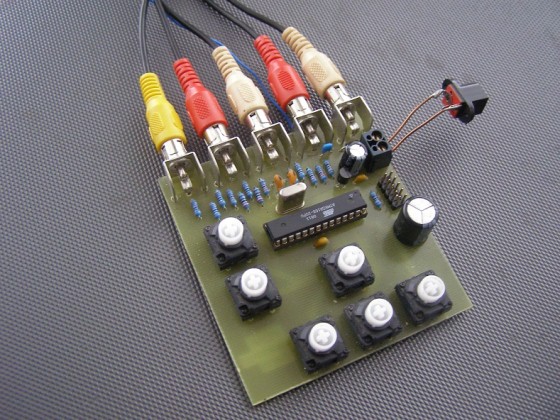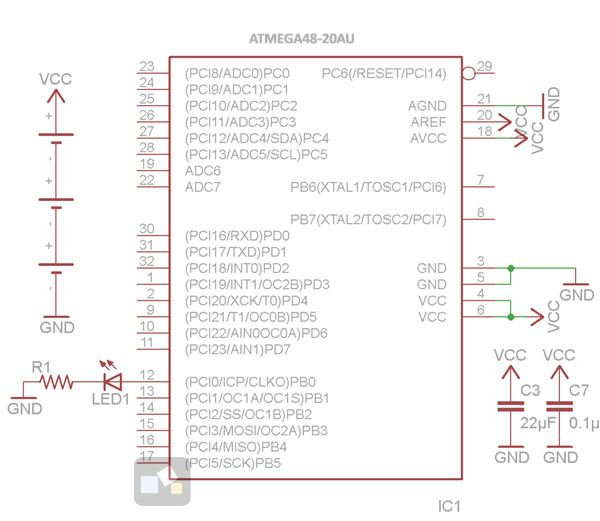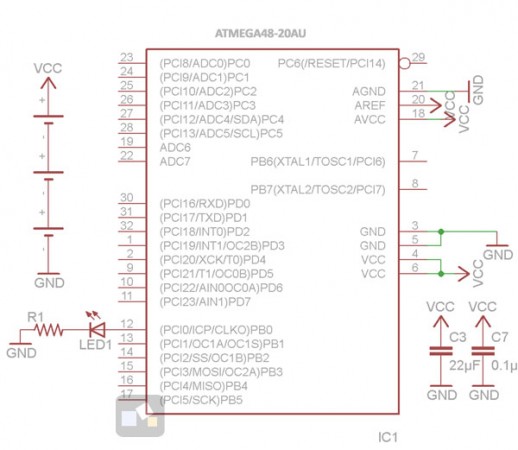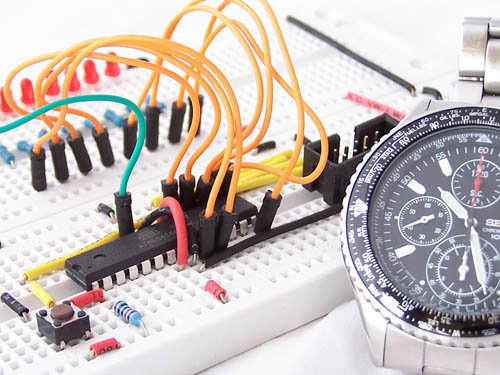Open source color video game development system based on AVR

This project describes an open source color game development platform based on an AVR microcontroller. You can code a color, high resolution, smooth video game, like Super Mario Bros or Commander Keen on this system. All video processing is done by software in background using interrupts, with no external active components. You only need to connect the AVR to a RGB monitor. AVRs don’t have enough RAM for direct video memory, and therefore a TILE based graphics driver is used. In TILE, the display screen is divided into X*Y tiles and each tile graphic is addressed from reference table located in RAM, whereas the true bitmaps are stored somewhere else, in a ROM for example.
“The AVGA instantly turns any Mega AVR to a powerful game console.”






